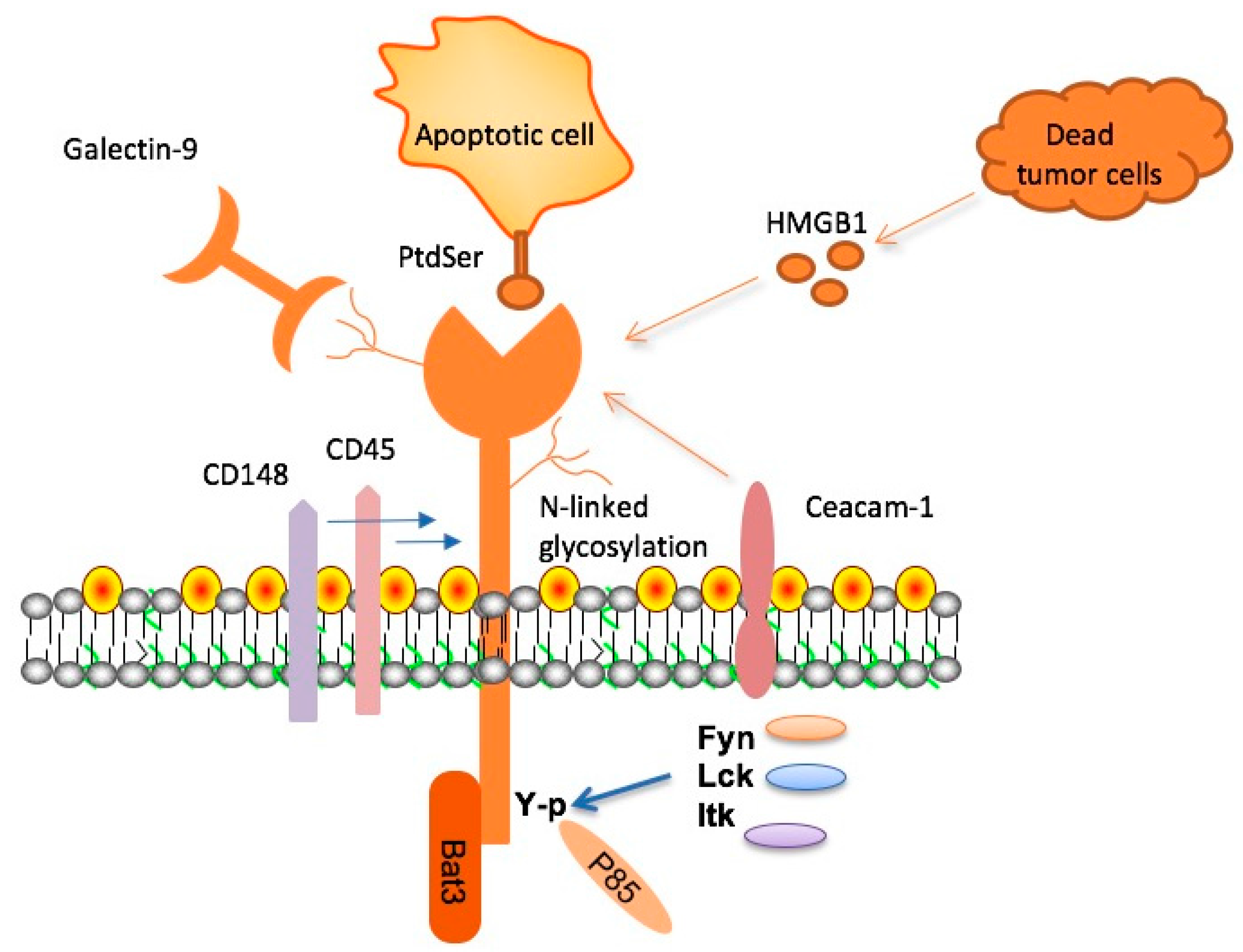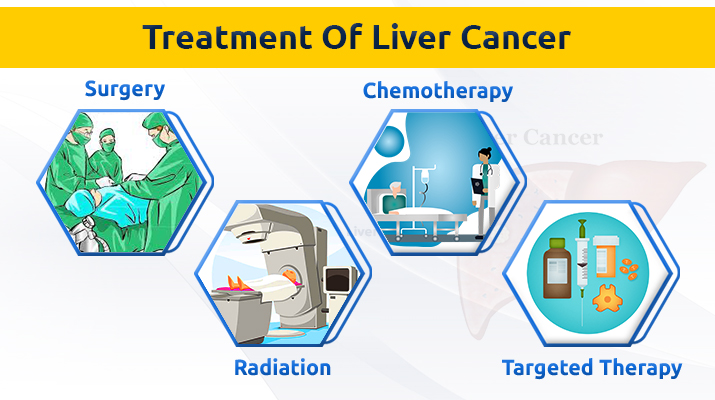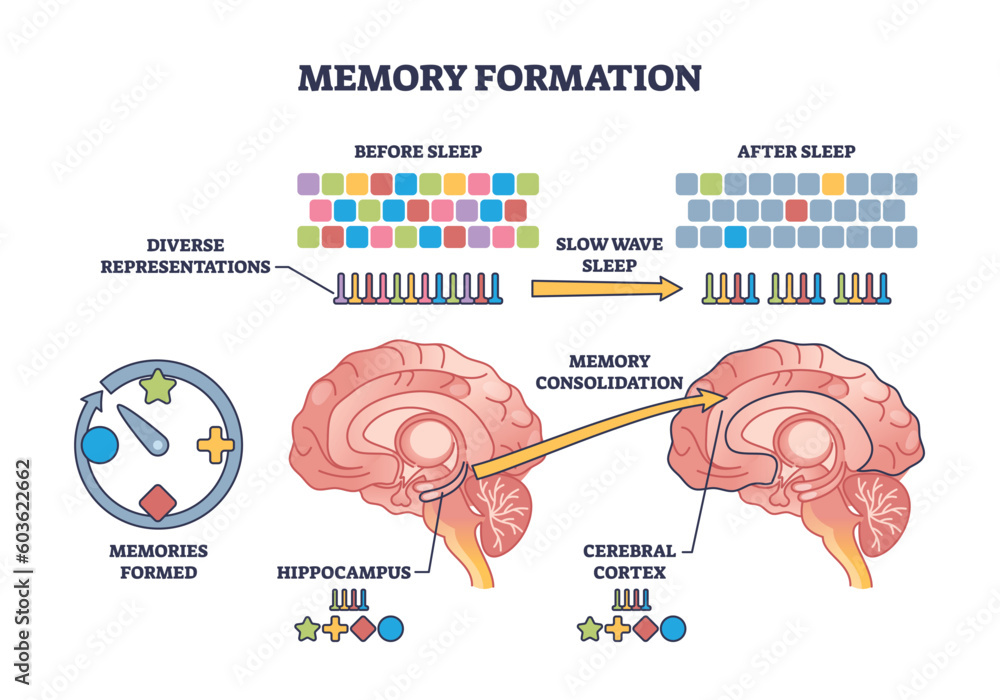TIM-3 Therapy for Alzheimer’s is an innovative approach that harnesses the body’s immune system to improve cognition and promote plaque clearance in the brain. Recent studies demonstrate its potential to alter the course of Alzheimer’s disease, a condition that affects millions globally. By targeting the TIM-3 molecule, researchers have discovered a way to enhance the function of microglia, the brain’s resident immune cells, allowing them to clear away harmful amyloid plaques more effectively. This breakthrough in Alzheimer’s disease treatment could not only restore memory but also fundamentally improve cognitive abilities in those affected by the disease. As scientists continue to explore immune checkpoint therapy, the future of Alzheimer’s management looks promising, heralding a new era of therapies aimed at combating this devastating condition.
Alzheimer’s management is witnessing a revolutionary shift with emerging therapies like TIM-3 blockade, which targets key immune checkpoints. This approach not only aims to improve cognitive function but also enhances the microglial response in clearing amyloid plaques—a hallmark of Alzheimer’s disease. By focusing on immune modulation, researchers are tapping into new strategies that might revolutionize treatment paradigms for neurodegenerative diseases. Utilizing immune system mechanisms similar to those seen in cancer therapies, TIM-3 interventions show potential for restoring synaptic health and functionality. Thus, the future of combating Alzheimer’s may lie in harnessing our own immune responses to foster resilience against plaque-induced cognitive decline.
Exploring TIM-3 Therapy for Alzheimer’s
TIM-3 therapy represents a groundbreaking approach to addressing Alzheimer’s disease by focusing on a key immune checkpoint molecule. The molecule TIM-3 has been shown to inhibit the activity of microglia, the brain’s resident immune cells responsible for clearing amyloid plaques—hallmarks of Alzheimer’s pathology. Research indicates that by blocking TIM-3’s function, researchers can enable these microglia to regain their ability to effectively clear plaques from the brain, which is crucial for preventing the cognitive decline associated with this debilitating disease.
The potential of TIM-3 therapy lies not only in its ability to facilitate plaque clearance but also in its dual role in regulating inflammation in the brain. In Alzheimer’s disease, the excessive accumulation of plaques leads to chronic inflammation, further exacerbating neuronal damage. By targeting TIM-3, this type of therapy could improve cognitive functions by restoring the balance between plaque clearance and inflammation, providing new hope for patients suffering from Alzheimer’s.
Frequently Asked Questions
What is TIM-3 Therapy for Alzheimer’s and how does it work?
TIM-3 Therapy for Alzheimer’s refers to an innovative approach targeting TIM-3, an immune checkpoint molecule, to enhance the function of microglia in clearing amyloid plaques from the brain. By inhibiting TIM-3, microglial cells are freed to attack and eliminate these plaques, potentially leading to improvements in cognitive function and memory.
How does TIM-3 Therapy relate to Alzheimer’s disease treatment?
TIM-3 Therapy represents a novel strategy in Alzheimer’s disease treatment by blocking the inhibitory effects of the TIM-3 molecule on microglia. This approach has shown promise in animal studies, where the deletion of TIM-3 led to enhanced plaque clearance and cognitive improvements, suggesting a new direction for therapeutic interventions in Alzheimer’s.
What role do microglia play in TIM-3 Therapy for Alzheimer’s?
Microglia are the brain’s immune cells that play a crucial role in clearing amyloid plaques. In TIM-3 Therapy for Alzheimer’s, the goal is to reduce the expression of TIM-3 in microglia, allowing them to effectively remove harmful plaques that contribute to cognitive decline and memory loss in Alzheimer’s disease.
What are the potential benefits of TIM-3 Therapy for enhancing cognition in Alzheimer’s patients?
The main benefit of TIM-3 Therapy for Alzheimer’s patients lies in its potential to improve cognition by promoting the clearance of amyloid plaques in the brain. Research indicates that reducing TIM-3 expression in microglia can lead to improved memory and cognitive behaviors, offering hope for more effective Alzheimer’s interventions.
Can TIM-3 Therapy help with plaque clearance in Alzheimer’s disease?
Yes, TIM-3 Therapy has the potential to significantly aid plaque clearance in Alzheimer’s disease. By targeting the TIM-3 molecule, this therapy enables microglia to function more effectively, removing amyloid plaques that are detrimental to brain health and cognitive function.
What is the research progress on TIM-3 Therapy for Alzheimer’s?
Recent studies have shown promising results regarding TIM-3 Therapy for Alzheimer’s, highlighting its ability to enhance microglial function and improve cognitive outcomes in mouse models. Ongoing research aims to test specific anti-TIM-3 antibodies that may one day be applicable in human Alzheimer’s disease treatments.
Is TIM-3 Therapy safe and effective for Alzheimer’s disease?
While TIM-3 Therapy shows significant promise in preclinical studies for enhancing cognition and reducing plaque burden, its safety and effectiveness in human patients remain to be thoroughly evaluated. Further clinical trials are required to establish its therapeutic benefits and any potential side effects.
How might TIM-3 Therapy impact future Alzheimer’s disease treatments?
TIM-3 Therapy could revolutionize future Alzheimer’s disease treatments by providing a targeted approach to enhance the immune response against amyloid plaques. This strategy may represent a shift from traditional therapies, potentially leading to more effective and lasting cognitive improvements for patients.
What challenges does TIM-3 Therapy face in clinical application for Alzheimer’s?
Challenges for TIM-3 Therapy in clinical application include understanding the variability in TIM-3 expression among individuals with Alzheimer’s and ensuring that any treatments do not disrupt essential immune functions while enhancing plaque clearance.
What makes TIM-3 a critical target in Alzheimer’s disease research?
TIM-3 is a critical target in Alzheimer’s disease research due to its significant role as an immune checkpoint that inhibits microglial activity. By understanding and modifying its function, researchers aim to develop effective therapies that can break the cycle of plaque accumulation and cognitive decline.
| Key Points | |
|---|---|
| Study Focus | The role of TIM-3 in Alzheimer’s Disease (AD) and its potential as a therapeutic target. |
| Research Findings | Deleting TIM-3 expression improved microglial activity and cognition in mouse models of late-onset Alzheimer’s. |
| Mechanism of Action | TIM-3 inhibits microglia from clearing amyloid plaques in the brain, which are associated with Alzheimer’s. |
| Implications for Therapy | Using anti-TIM-3 antibodies may enhance plaque clearance and reduce cognitive decline in Alzheimer’s patients. |
| Future Directions | Testing human anti-TIM-3 antibodies in mouse models to evaluate their effectiveness in halting plaque development. |
Summary
TIM-3 Therapy for Alzheimer’s is an innovative approach that harnesses the understanding of immune regulation to combat Alzheimer’s disease. Recent studies have demonstrated that inhibiting the TIM-3 molecule on microglial cells can restore their ability to clear amyloid plaques from the brain, potentially reversing cognitive decline associated with Alzheimer’s. As research progresses, TIM-3 therapy holds promise not only for improving memory function but also for providing a targeted strategy to tackle the underlying causes of this devastating disease. Continued investigations into TIM-3 and its role in neuroinflammation could pave the way for new therapeutic options, bringing hope to millions affected by Alzheimer’s.




